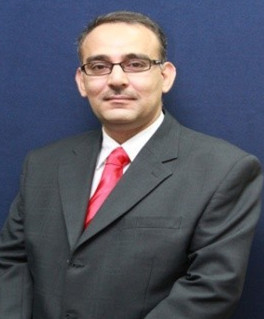Abstract—Thermoacoustic lasers convert heat from a high
temperature heat source into acoustic power while rejecting
waste heat to a low temperature sink. Recent research mainly
focuses on using thermoacoustic engine arrays. Therefore, this
study mainly focuses on coupling two thermoacoustic lasers.
The coupling between the two lasers was started at 0o crossing
angle, where the openings of the lasers were parallel to each
other and separated by a distance of 1 m. The next
configuration was to focus the sound waves using two different
crossing angles (30o & 90o) between the two lasers, with their
opening ends placed very close to each other. As a result, we
conclude from all the measurements made for both the 30o and
90o crossing experiments that synchronization between two
lasers is possible when their open ends were placed close to each
other.
Index Terms—Thermoacoustic laser, convert, crossing angle,
synchronization, sound pressure level.
Sung Seek Park, Seung Jin Oh, Won Gee Chun, and Nam Jin Kim are
with the Department of Nuclear & Energy Engineering, Jeju National
University, Jeju, Korea (e-mail: pss5153@jejunu.ac.kr,
osj2558@jejunu.ac.kr, wgchun@jejunu.ac.kr, jnkim@jejunu.ac.kr).
Kuan Chen is with the Department of Mechanical Engineering,
University of Utah, Salt Lake City, USA (e-mail: chen@mech.utah.edu).
[PDF]
Cite:Sung Seek Park, Seung Jin Oh, Won Gee Chun, Kuan Chen, and Nam Jin Kim, "A Study on the Synchronization Characteristics of
Thermoacoustic Laser," Journal of Clean Energy Technologies vol. 1, no. 2, pp. 75-79, 2013.


